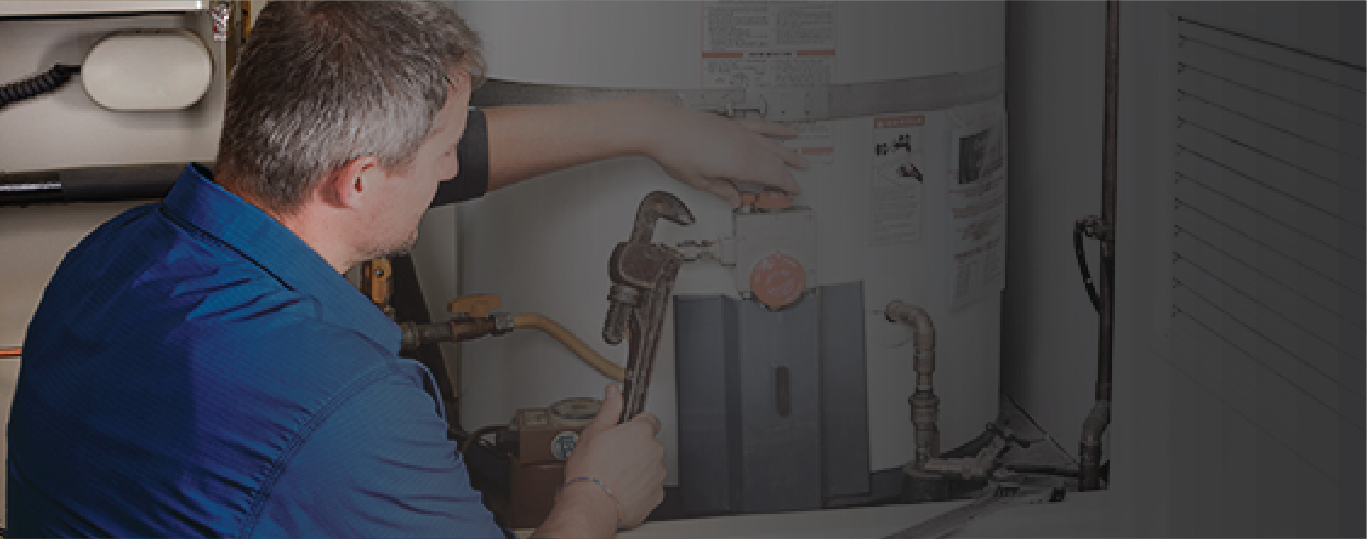ANNUAL AIR CONDITIONER MAINTENANCE CHECKLIST:
1. CLEAN THE OUTDOOR CONDENSER COILS AND INDOOR EVAPORATOR UNITS.
The coil is made up of the refrigerant lines and surrounding radiator-like fins that line the cabinet of your outdoor A/C unit. The evaporator is the interior counterpart to the outdoor unit and has its own coil. Dirt and debris on the coils reduce efficiency and stress the system’s mechanical parts.
2. CHECK THE REFRIGERANT LEVEL.
An incorrect amount of refrigerant makes a compressor work too hard, reducing the efficiency and longevity of the system.
3. INSPECT THE DRAIN PANS AND CONDENSATE DRAINS.
Drains must be unobstructed and clean to ensure excess moisture is not trapped in the units or inside the house.
4. CHECK OUTDOOR FAN MOTOR AND BLADES AND INDOOR BLOWER ASSEMBLY.
The fan on the outdoor unit pulls air in through the coil fins. The indoor blower is the fan unit (motor, fan wheel and housing) on your furnace. Older blowers may include a drive belt that should be inspected and adjusted or replaced as needed.
5. CHECK COMPRESSOR AND REFRIGERANT TUBING.
If the refrigerant tubing is blocked or leaking, they won’t deliver enough coolant to the compressor, which will cause the compressor to work harder, which will eventually cause the compressor to fail. (Same idea as #2 above.)
6. LUBRICATE MOVING PARTS (AS APPLICABLE).
Older A/C units often have ports on fan motors, compressors and other parts for adding lubrication periodically. Newer models typically have sealed parts that don’t need to be lubed.
7. INSPECT ALL ELECTRICAL CONTROLS, WIRING AND CONNECTIONS.
All electrical components and hookups should be checked for soundness, wear and damage.
8. INSPECT AND CLEAN OR REPLACE AIR FILTERS.
A clogged filter restricts air flow to the system so that the motor runs without producing any results. Clean or change the filter as necessary. Then continue inspecting the filter every month. Using a clean filter can reduce your air conditioning costs by as much as 15 percent.
9. RUN A GENERAL SYSTEM TEST.
Your technician should turn on the A/C system to check operating functions such as the starting cycle and shut-off control, check for unusual noises or odors, and measure indoor/outdoor temperatures and system pressures as needed.
10. CHECK DUCTWORK FOR LEAKS AND OTHER PROBLEMS.
A duct inspection is not needed every year and may not be included with a standard system checkup, but air leakage in ductwork is one of the main causes of inefficiency in forced-air A/C and heating systems. It’s a good idea to have your ductwork assessed and sealed and/or insulated in problem areas, as needed.










